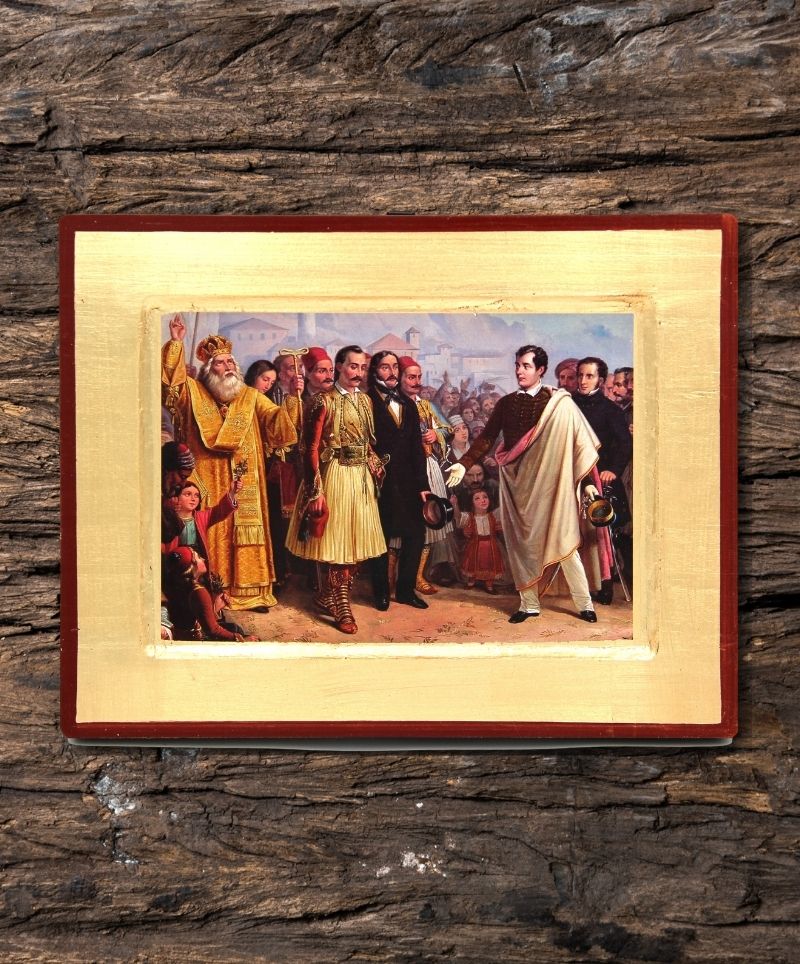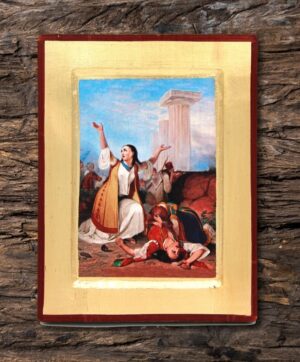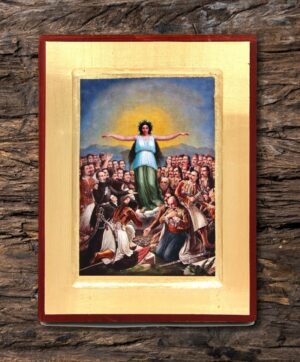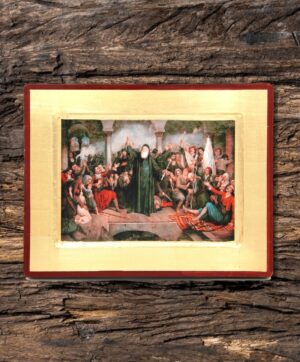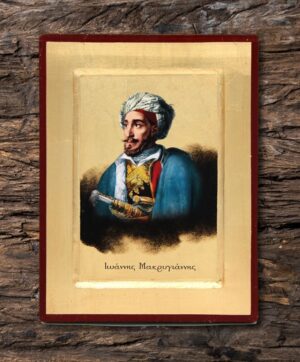Description
He is considered one of the greatest British poets and remains popular even today. Among his rich works are the long poems “Don Juan” and “Childe Harold’s Pilgrimage”.
He was extremely famous and successful as a poet, but also a highly controversial figure in England, living an unstable financial and love life. He travelled to many places in Europe, especially in Italy, where he lived for seven years in cities such as Venice, Ravenna and Pisa.
Eventually, although his initial destination was Morias (Peloponnese), he settled in Messolonghi, where he came in contact with Alexandros Mavrokordatos, whom he supported financially.
He associated his name with the support of the revolutionary movements in Italy and Greece, and died on the side of the Greek revolutionaries in Messolonghi, at the age of just 36, after a high fever he developed.
He is considered one of the most important English writers of the 19th century, while in Greece he is one of the most recognizable figures of the Revolution of 1821 and a national benefactor.




